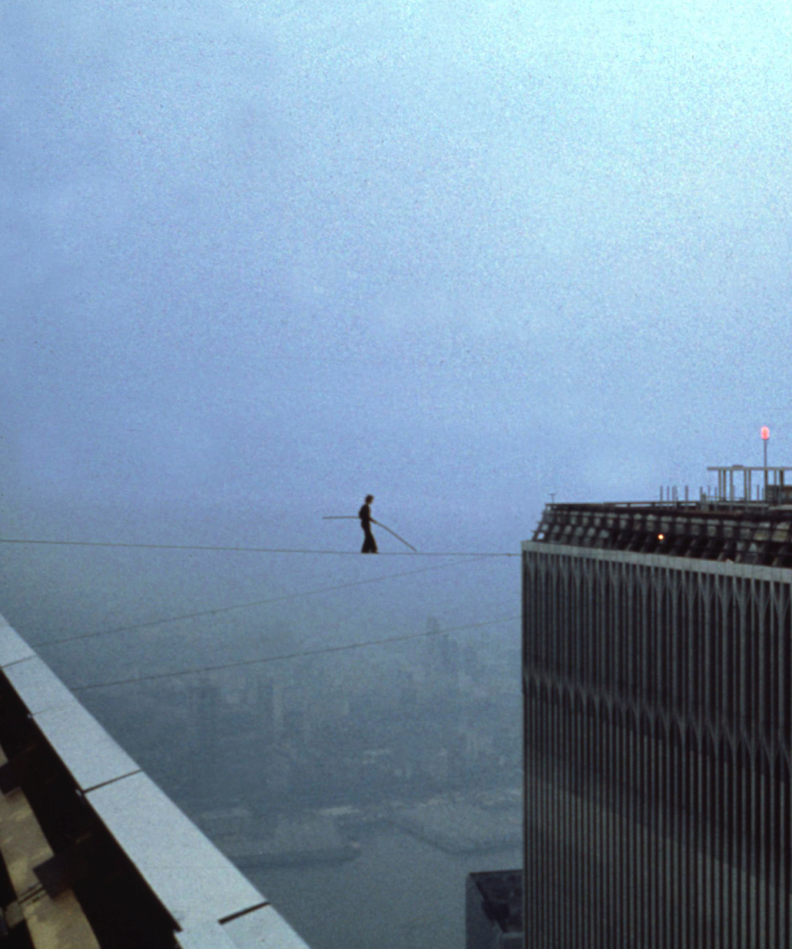Provocative Atmospheres, Refracted Nations, and the Performance of Light
Abstract
Light is perhaps the most ubiquitous physical phenomenon and one of the most frequently cited tropes of discovery, artistry, and invention in fields across the arts and humanities. Given this condition, how can we write about light as the subject and medium of performance when we intimately rely on light to understand our worlds, all that occurs within them, and all that is written about them. We ask this question not simply because we aim to topple long-standing binaries that privilege the human over the non- or more-than-human (though this continues to be an important goal for us) but, more urgently, because we want to examine how light as a performing entity has contributed to the production of provocative atmospheres at large-scale public events. Our study draws on recent scholarship on “affective atmospheres,” a concept variously defined by cultural geographers and sociologists as “a quality of environmental immersion that registers in and through sensing bodies while remaining diffuse, in the air, ethereal” (McCormack 2008, 413), “assemblages of humans and the more-than human [that] are greater than the sum of their parts” (Sumartojo 2004, 60), and as an “indeterminate, spatially extended quality of feeling” (Böhme 2013,118).We aim to extend these studies by focusing a performance studies lens on light. Borrowing the metaphor of the light spectrum, we investigate light as a generator and mediator of two very different kinds of immersive public events separated by more than 70 years: the National Socialist party rallies in Nuremberg, Germany during the 1930s and NVA (nacionale vita activa)’s 2012 performance installation, Speed of Light, in Edinburgh, Scotland. Each large-scale, outdoor night assembly included hundreds of human “participant-observers” and featured light as a primary, central performer within a larger network of architectures, geographies, technologies, and human- and non-human bodies. Each performance worked to unite its participant-observers and produce strong feelings of collectivity. But the performances varied greatly in terms of technology, dramaturgy, and, more significantly, the sociopolitical impetus for each as well as the kind of “provocative atmosphere” produced.Downloads
Published
2016-11-24
Issue
Section
Articles
License
Copyright for articles published in this journal is retained by the authors, with first publication rights granted to the journal. By virtue of their appearance in this open access journal, articles are free to use, with proper attribution, in educational and other non-commercial settings.
Manuscripts submitted to Performance Matters should be original works that have not been published elsewhere. Note that authors are responsible for obtaining permission to include copyrighted material in any article or review published in Performance Matters.

